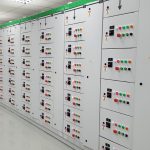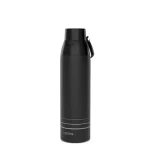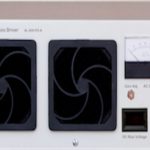 Heat treating is a key process used in steel manufacturing. The physical properties of a metal can be adjusted through the use of heat treating. Heat treating and quenching after heating can alter the hardness, softness, ductility, stresses, or tensile strength of the metal. For increased performance, you can buy custom radiant tube for your heat treating furnace. Certain applications may also require a vacuum furnace. Depending on the desired effect, there are several heat treating processes that can be used. Here are a few of the different processes that are typically used.
Heat treating is a key process used in steel manufacturing. The physical properties of a metal can be adjusted through the use of heat treating. Heat treating and quenching after heating can alter the hardness, softness, ductility, stresses, or tensile strength of the metal. For increased performance, you can buy custom radiant tube for your heat treating furnace. Certain applications may also require a vacuum furnace. Depending on the desired effect, there are several heat treating processes that can be used. Here are a few of the different processes that are typically used.
Annealing
Annealing is used to reduce hardness and reduce stresses in the steel. Annealing may be done at a temperature range of between 300 degrees to 2250 degrees. Full annealing will produce the softest and most stress-free steel. Full annealing is usually done to make the metal easier to machine. Process annealing will make the steel more easily formed or bent. Process annealing is typically done to make the steel easier to draw or cold roll. Recovery annealing reduces stresses and ductility in steel that has been cold worked. Bright annealing is the process used on stainless steel. Bright annealing requires a vacuum furnace to prevent corrosion that would occur with chrome alloys if they were left open to the air during annealing.
Normalizing
Normalizing is a heat treating process that is usually done to steel to improve its responsiveness to the hardening process. In low carbon steel, annealing can produce similar results to normalizing. However, with high carbon steel, normalizing will improve the strength of the metal and increase its response to hardening. Normalizing will take place at a temperature range of between 1600 degrees to 1800 degrees.
Hardening
Hardening is used to increase the strength and hardness of steel. It involves heating the metal up in a heat treating furnace, and then quickly cooling the metal by quenching. Hardening can be done at a temperature range of between 300 degrees and 2250 degrees. Water quenching is typically used when hardening low to medium carbon steel. Oil quenching is typically used when hardening medium to high carbon steel. Air quenching can be used when hardening low to medium carbon steel in order to reduce the likelihood of the metal distorting.
Tempering
Tempering is a heat treating process used to reduce excessive hardness and stresses in the steel that can be caused by quenching. Tempering will be done at a temperature range of between 350 degrees and 1250 degrees.Browse the site http://steeltechltd.com for more information




